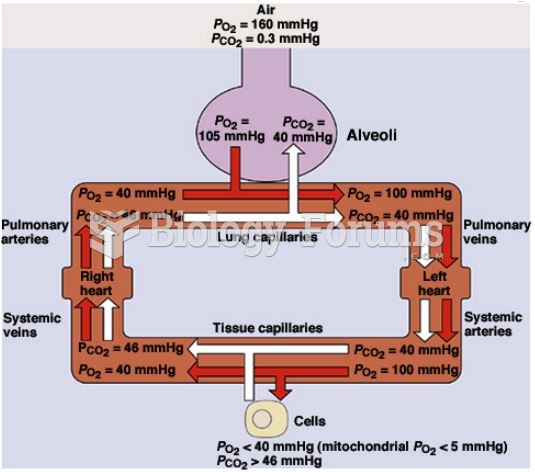Answer to Question 1
ANS: B
A. Incorrect response: Airway pressure is the pressure at the airway opening.
B. Correct response: A pressure transducer inserted into the midesophagus measures the pressure inside the esophagus throughout the ventilatory cycle. Because of the proximity of the esophagus to the pleural space, esophageal pressure measured in this manner reflects pressure changes in the pleural space, and changes in the compliance of the chest wall.
C. Incorrect response: The mean airway pressure is the average pressure exerted at the airway opening throughout the entire ventilatory cycle. It is mathematically equivalent to the pressure within the area under a pressure-time scalar throughout the respiratory cycle.
D. Incorrect response: Peak inspiratory pressure is the highest pressure achieved during inspiration delivered by a positive pressure ventilator.
Answer to Question 2
ANS: CA. Incorrect response: Level 1 events reflect immediate life-threatening consequences to a ventilator malfunction.
B. Incorrect response: Alarm events designated as Level 2 alerts can range from mild irregularities in the ventilator function to hazardous situations that could threaten the life and safety of the patient.
C. Correct response: Level 3 events often trigger the same alarms as those in Levels 1 and 2. Therefore the therapist must be capable of rapidly discerning the nature of the alarmed event. Examples of Level 3 alarms include changes in patient compliance and/or airway resistance.
D. Incorrect response: Level 4 events are not involved with the ventilator. These alarms do not affect the operation of the ventilator. These alerts originate from monitors external to the ventilator (e.g., cardiac monitors or pulse oximeters).







